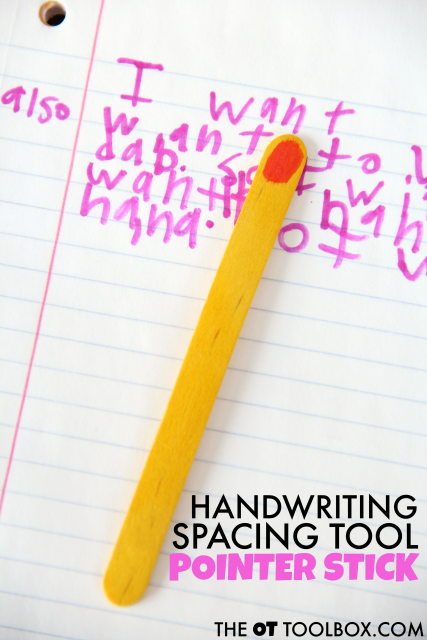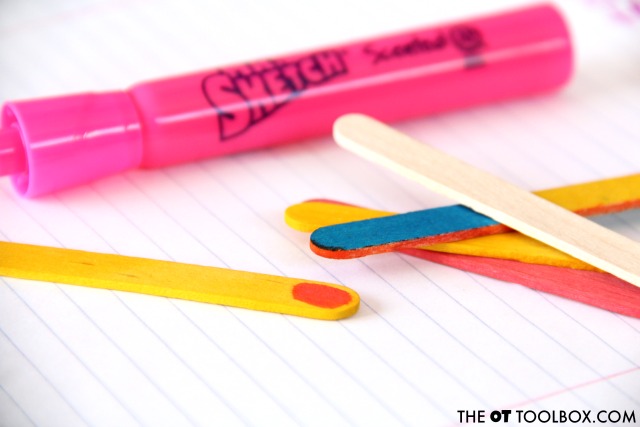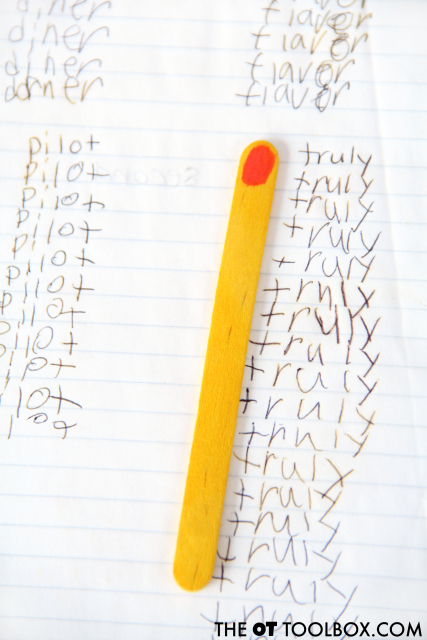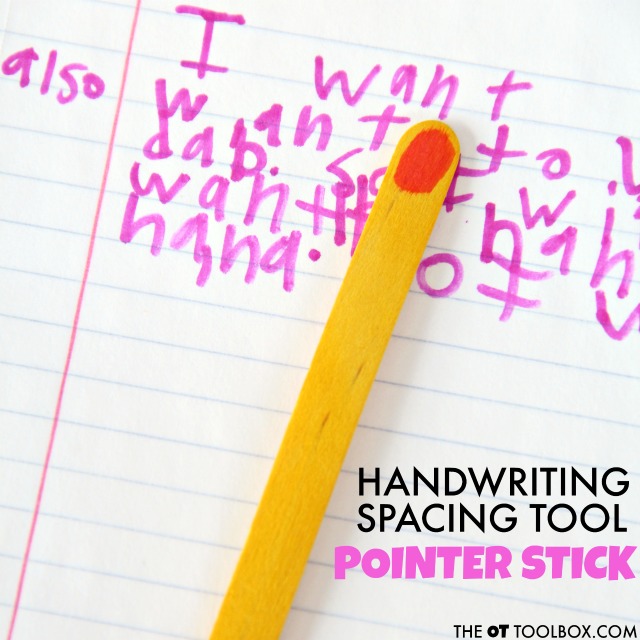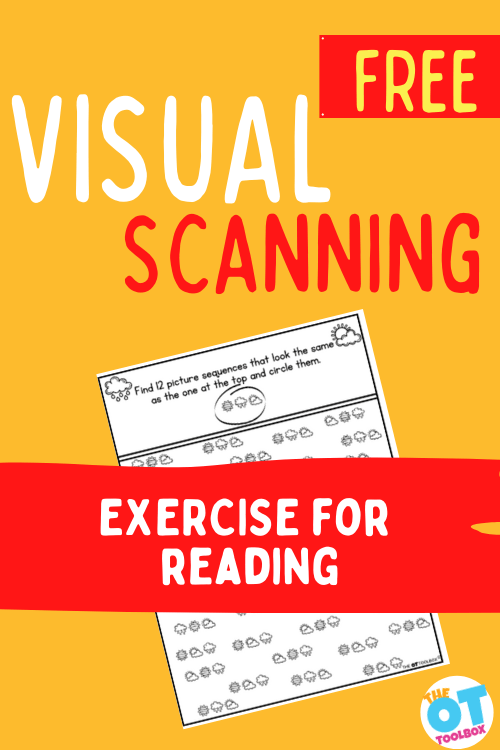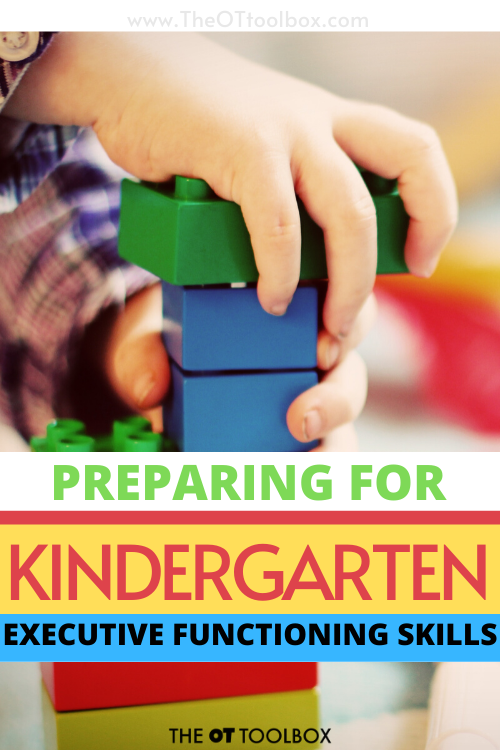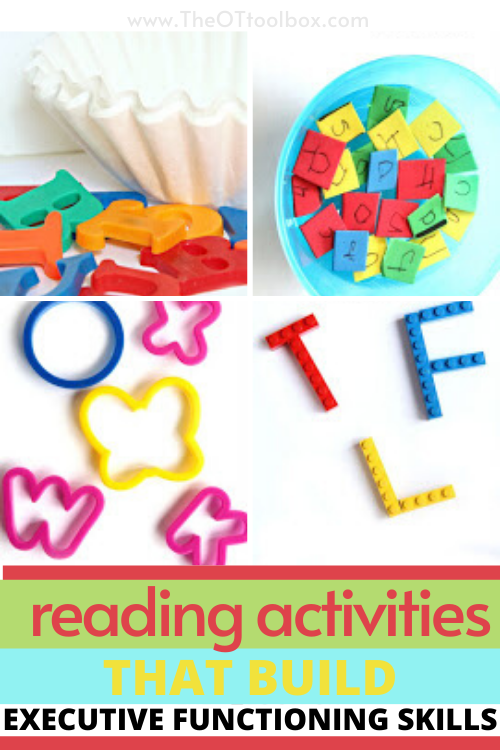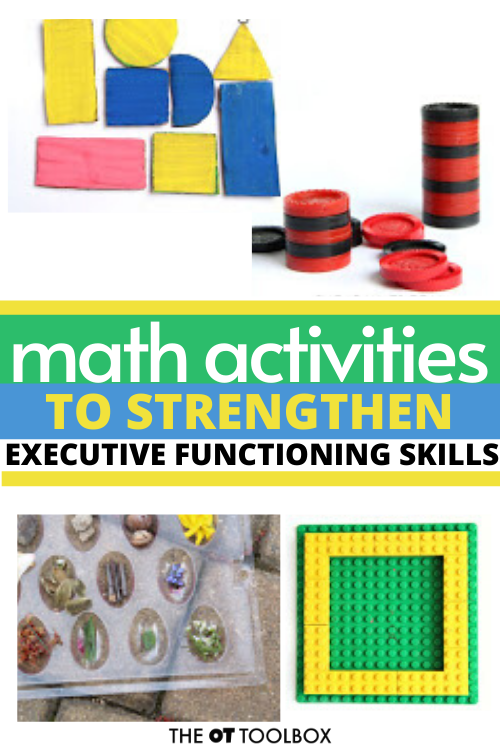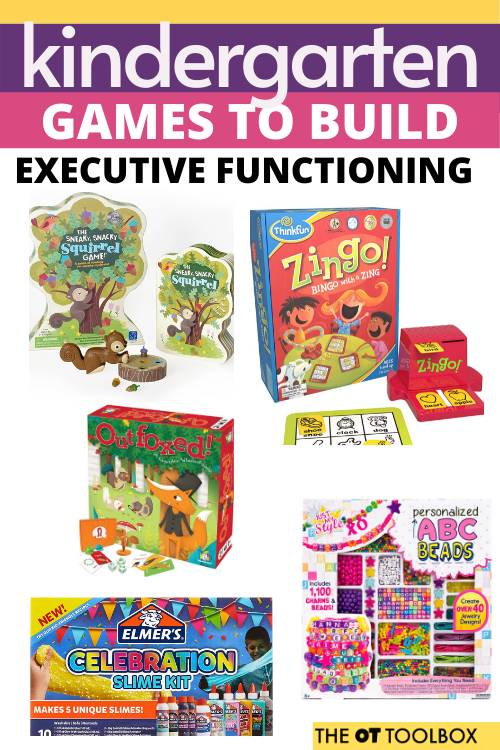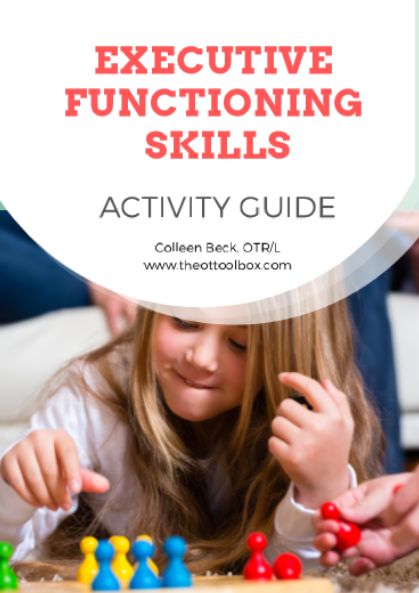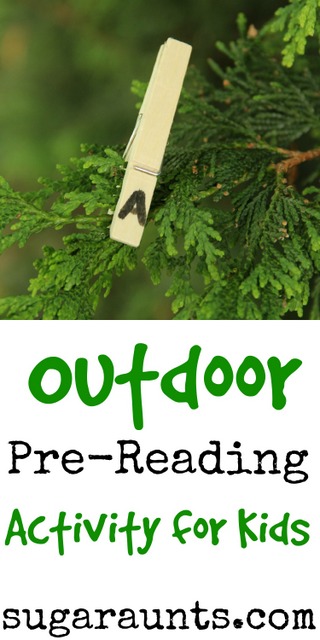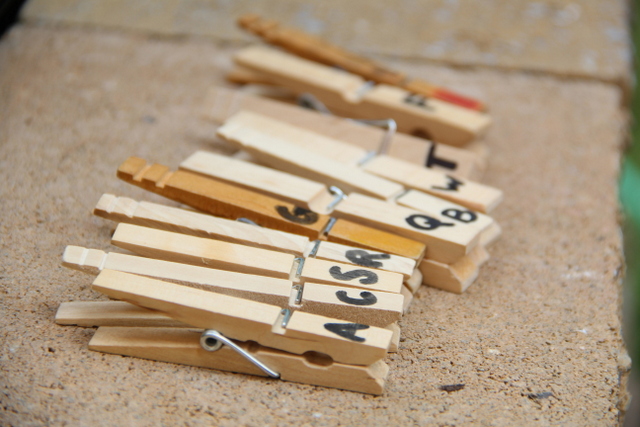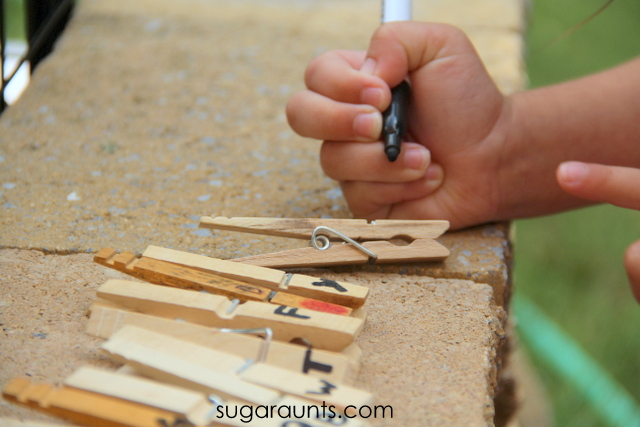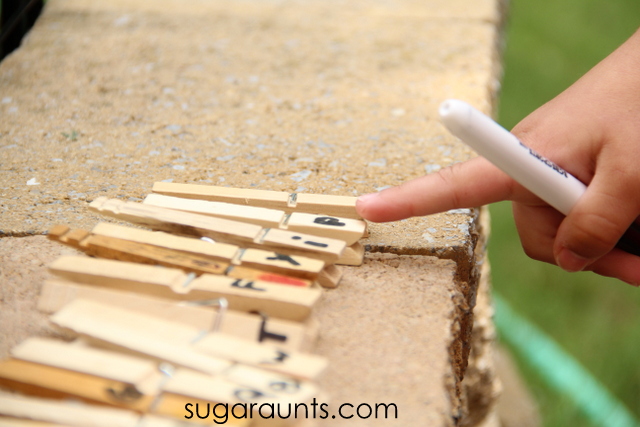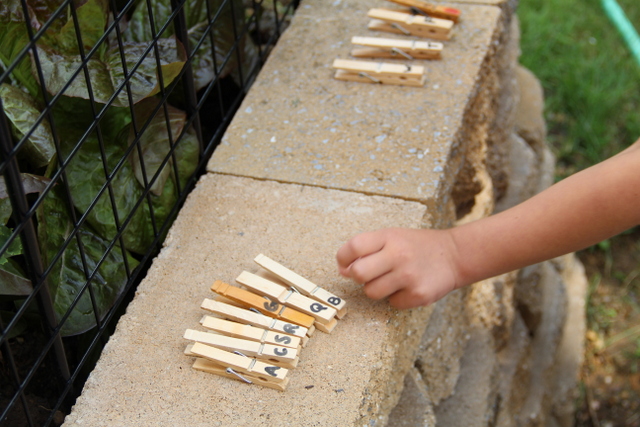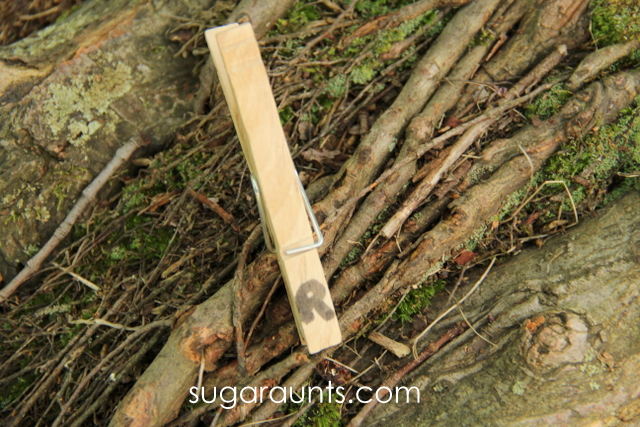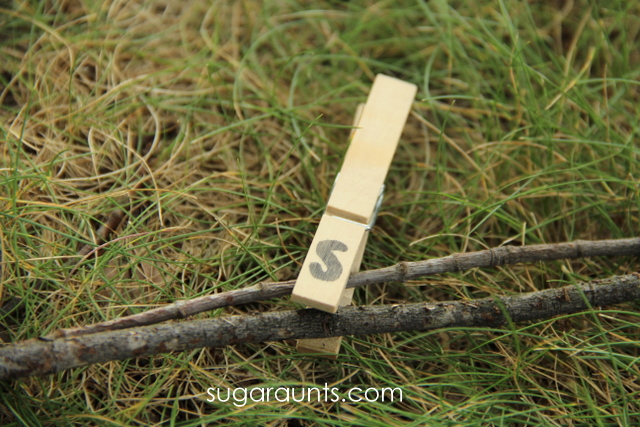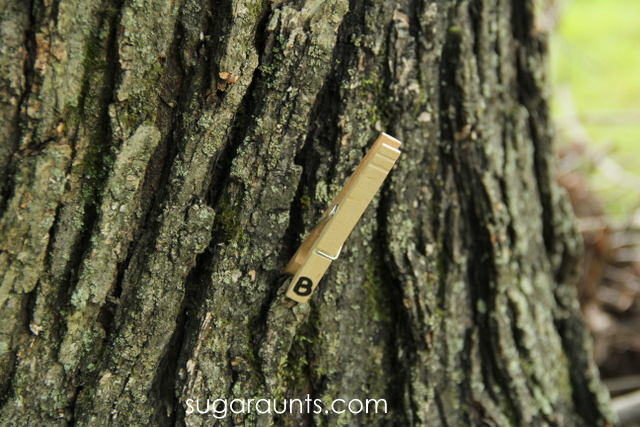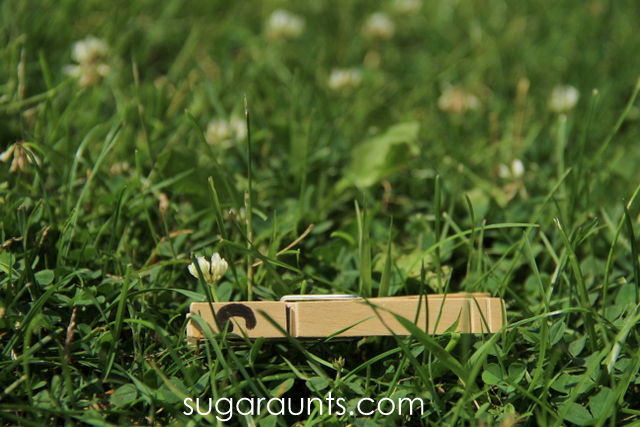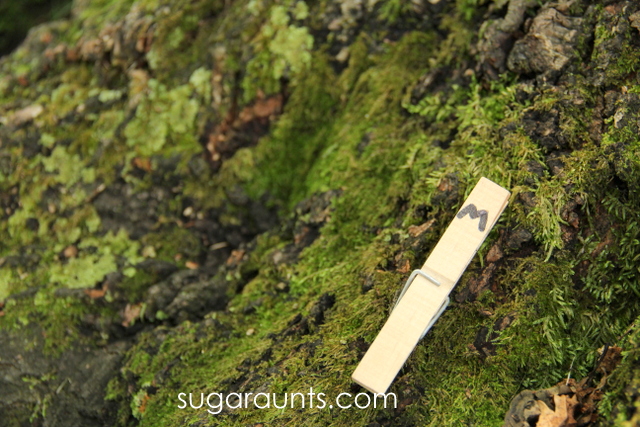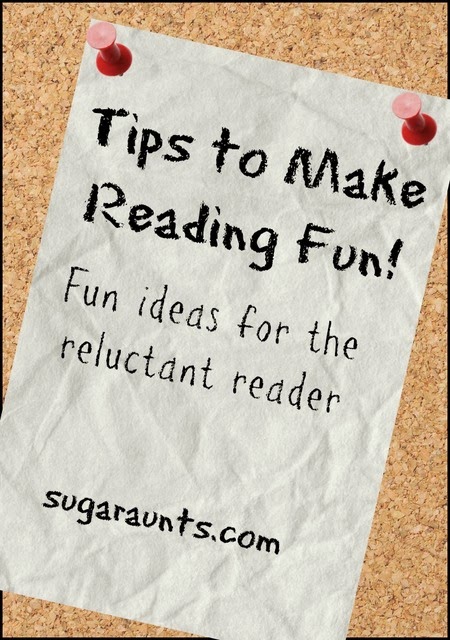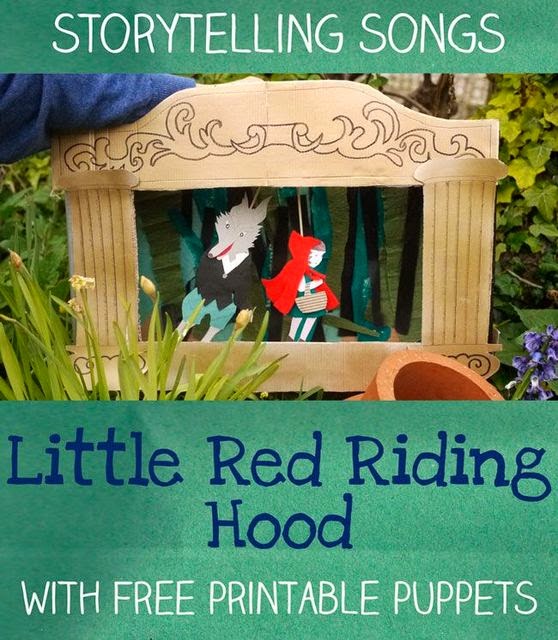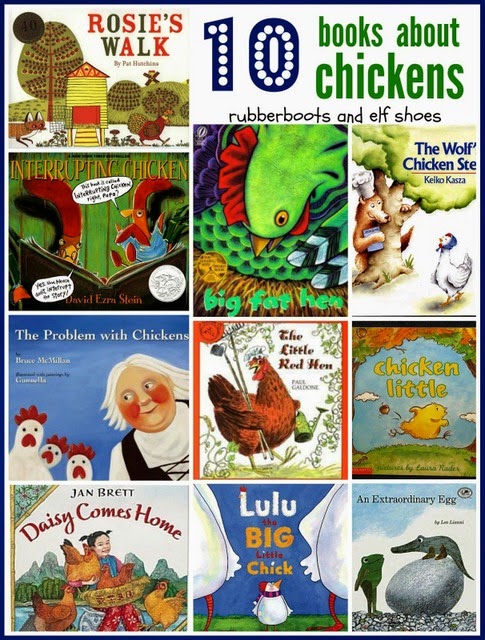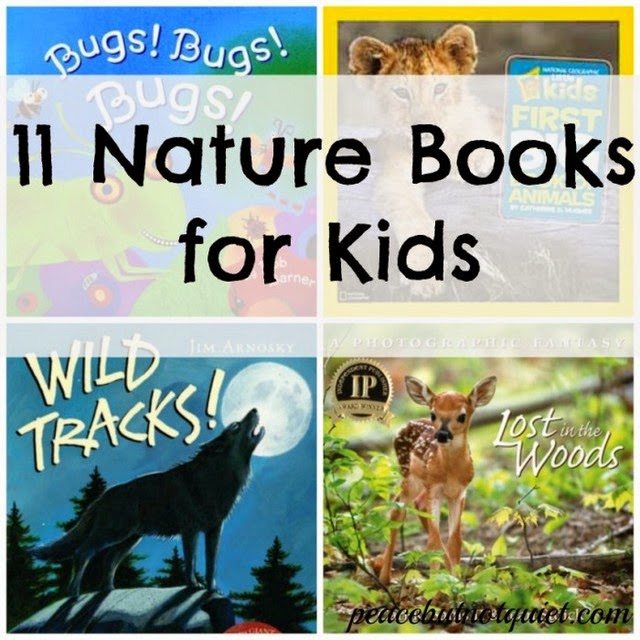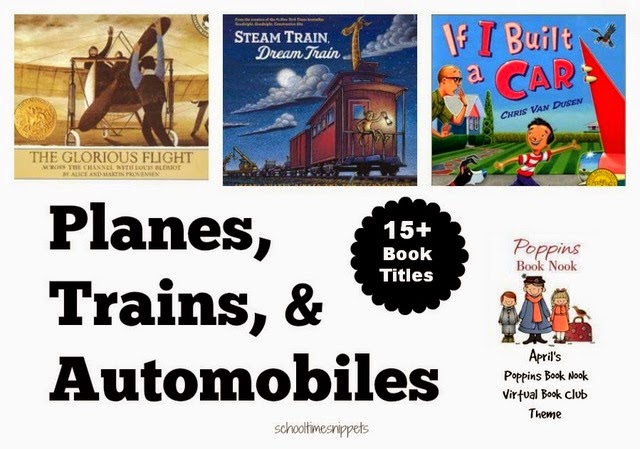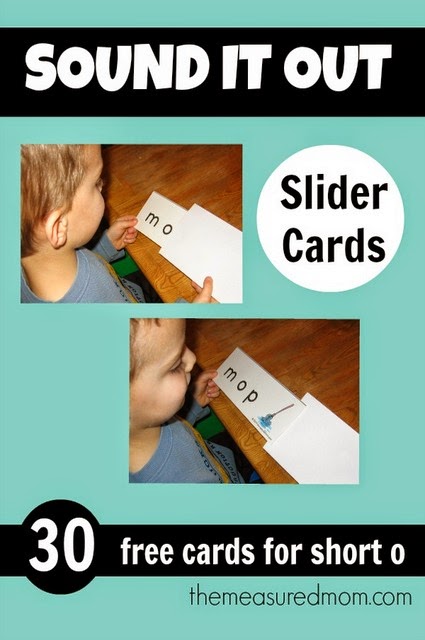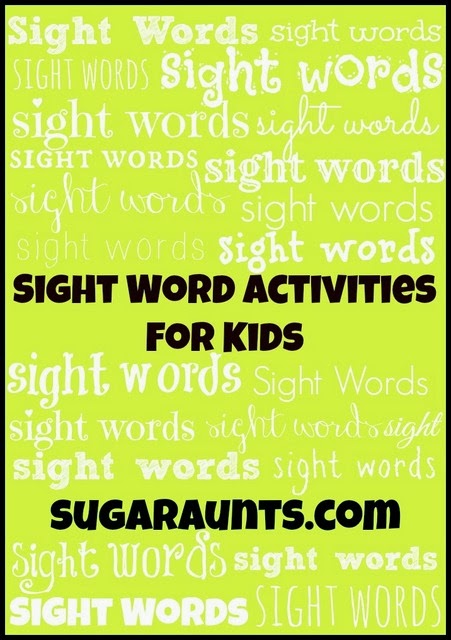In this blog post, we created used a few creative storytelling ideas including a fun story telling area in the living room using couch cushions and toys to encourage reading with babies and toddlers. This was a fun creative storytelling idea, and used movement-based and sensory-motor learning activity for young children, encouraging motivation and fun during story time!
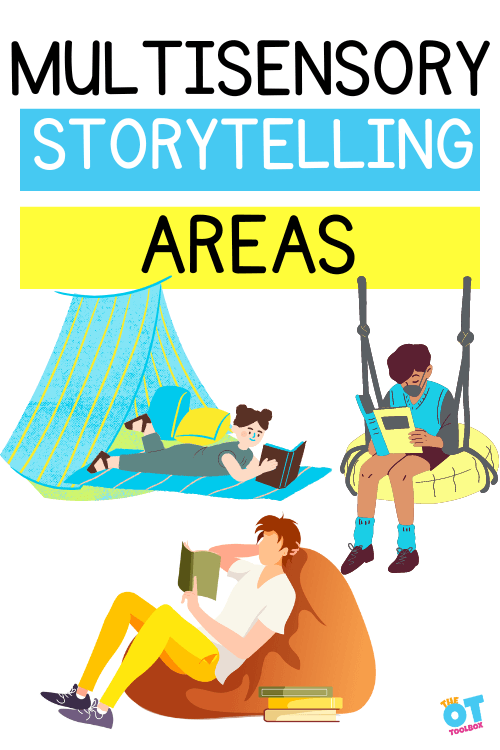
story telling area
A story telling area in the home is a creative reading idea that doesn’t need to be fancy!
Creating a storytelling area in your home using couch cushions or blankets is a wonderful way to engage children in imaginative play and foster a love for stories. The best thing is that babies and toddlers can crawl over those couch cushions and pillows, encouraging crawling!
You can do this right in the living room or you can set up a designated storytelling corner in the home. This would look like a section of the living room, bedroom, or playroom, or even a cozy nook in any room of the house. This helps create a dedicated space for storytelling activities.
Try using some of these items found around the home to set up a storytelling area without spending any money:
Cozy seating: Arrange couch cushions or pile up soft blankets to create a comfortable seating area for both parents and children. This will make the storytelling experience more enjoyable and relaxing.
- Try some of these flexible seating ideas
- Or make some DIY flexible seating options
- Use couch cushions
- Beanbags
- Blankets
- Gymnastic mats
- Blanket or comforter spread out on the floor
Blanket fort or tent: Use blankets and chairs to build a simple fort or tent structure. Drape the blankets over the chairs to create a cozy enclosure where the storytelling can take place. Children will love the sense of adventure and the enclosed space for immersive storytelling.
- One cool storytelling area that kids LOVE is using a cardboard box with Christmas lights.
- Another idea we love is using couch cushions to create a fort. We did this in our teaching prepositions activity.
- Just use a blanket! The warm and calming nature of a blanket can create a weighted blanket feature even using a regular comforter or cozy blanket. We made one version of a blanket storytelling fort in our polar bear gross motor activities post.
- Use dining room chairs and a fitted sheet to create a quick tent
Imaginative props: My children love reading to their favorite stuffed animals and baby dolls! Gather household items that can be used as props to enhance the storytelling experience. These could include:
- pillows
- stuffed animals
- hats
- scarves
- items that can be repurposed as imaginary objects in the story
Soft lighting: Adjust the lighting in the area to create a warm and cozy ambiance. Dim the overhead lights, use fairy lights or battery-operated candles, and allow natural light to filter in through curtains or blinds. Soft lighting adds to the enchantment of storytelling.
Sound effects: Utilize your voice and objects around you to create sound effects that bring the story to life. Mimic animal sounds, use different tones and pitches for characters, or use household items to create simple sound effects (e.g., tapping two spoons together to create the sound of horse hooves).
Storytelling prompts: Use a basket or container to hold visual prompts such as pictures from magazines, postcards, or nature photographs. These prompts can spark storytelling ideas and inspire children to create their own tales. These can be used in visual schedules too.
Theme-based storytelling: Change the storytelling area to match the theme of the story. For example, if you’re telling a story about a pirate adventure, add some toy props, draw a treasure map, or create a “ship” out of cushions and blankets. Use some of the ideas in our therapy themes to get you started with movement-based activities, sensory play ideas, crafts, and more.
Take it outside: A picnic or snack lunch, reading in a tree or even on the playground is fun. Use our outdoor sensory swing idea for a calming and organizing reading opportunity.
No matter how simple or complex the storytelling area is, the most important aspect of storytelling is the connection and engagement between parents and children. Select the ideas that work for you and use these storytelling space features to encourage creativity, engagement, and a love for reading.

Of course, Big Sister jumped right into the role of teacher/librarian. She loves being the boss Big Kid who can tell the littler kids all about life at pre-K, dance class, and every other place that only she know about since she is the Big One in the family. You know, how life is on the Pre-K streets 😉






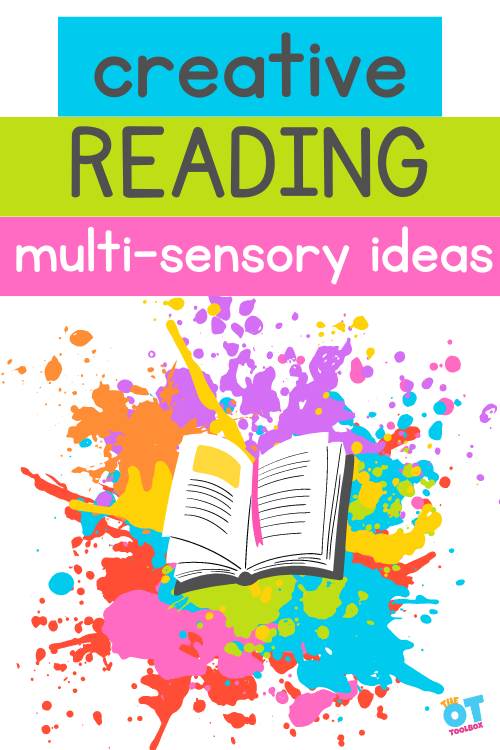
experimental storytelling
We came up with the term experimental storytelling when thinking about how to keep little ones engaged longer. You could also call this creative storytelling. So, what are some ways to “Experiment with Storytelling” and get creative with reading time?
Experimental storytelling refers to innovative and unconventional approaches to narrative creation and presentation. It involves breaking away from traditional storytelling techniques and experimenting with different forms, structures, and mediums to convey a story or evoke a particular experience.
These ideas push the boundaries of storytelling conventions, challenging the audience’s expectations and inviting them to engage with narratives in new and unexpected ways. Another way to express this is with the term, creative storytelling!
For young children, it might involve switching things up in an age-appropriate way:
- A different storytelling environment using creative reading areas listed above
- Taking the reading outside to a picnic reading
- Involving multisensory learning
- Using different voices to read
- Acting out a story with toys or figures to represent the characters
Some examples of experimental storytelling include:
- Change the order of the story: Experimental storytelling may involve non-linear storytelling structures, where the story is not presented in a chronological order. It may employ flashbacks, flash-forwards, or fragmented narratives to explore different perspectives or create a sense of mystery. You can ask the child to fill in different results, actions, or details to the story. Think MadLibs with a story!
- Multi-sensory approach: Experimental storytelling often incorporates elements from various artistic disciplines, such as visual art, music, theater, dance, technology, and interactive media. Taking a multisensory approach combines different mediums to enhance the narrative and create a more immersive experience.
- Interactive elements: Get those readers moving! Add gross motor actions to the story or incorporate fine motor tasks with book themed crafts. Or, make a sensory bin based on the story. All of these interactive activities encourage participation and interaction.
- Innovative use of technology: Kids know a lot about technology…it’s part of their daily life! Consider how you can take traditional storytelling and add a bit of tech to bring the story to life. Consider creating Google slides, tablet drawings, videos, virtual reality (VR), interactive websites, or video games to include technology in a unique and immersive narrative experiences.
creative storytelling
Getting creative with telling stories makes things fun and engaging. Try these ideas:
- Use a puppet to tell the story, quiz the children on colors, ask ‘what happens next’, pique their curiosity, question emotional states.
- Play the Director Game: The child tells the story as Mom/Dad writes it down. Draw pictures to go along with the story. Read it together. Save it forever 🙂
- Tell a story about this morning’s experience. Recount details/characters/feelings. Add surprise endings for fun.
- Act out a favorite story using super hero figures, Little People…whatever in on hand and a favorite in your house.
- Tell a story based on one of your child’s drawings. Scribbles are detailed drawings, too 🙂
- Invitation to play storytelling: Set up an invitation to play like ours! You could also sit on a big comfy blanket with lots of pillows and start reading to yourself.
- Use fun voices and sounds…See how long it takes for little kiddos to climb up into your lap.
- “Choose Your Own Adventure” books, where young and older readers can make choices that determine the story’s direction.
- Act out the story with gross motor actions
- Paint or draw while listening to the story
What are some creative storytelling ideas that you’ve used with little ones?


